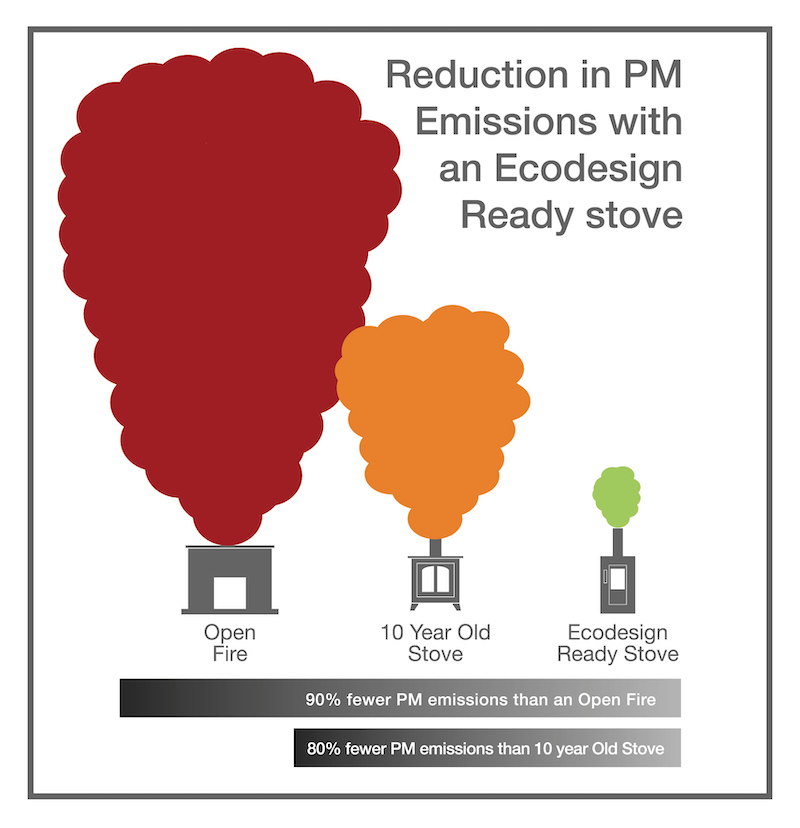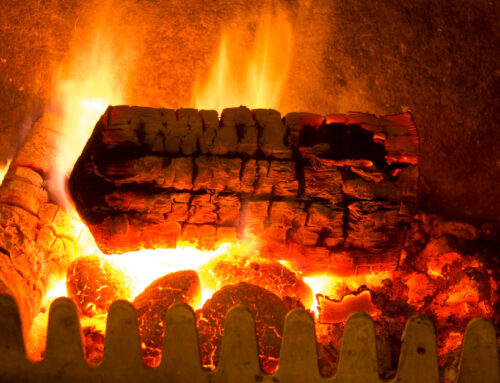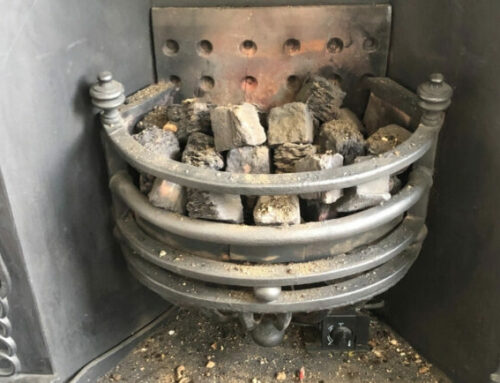
Why Wood Burning Stoves Are the Eco-Friendly Heating Solution
In a world where sustainable living is becoming increasingly important, finding eco-friendly alternatives for everyday activities is a top priority. When it comes to heating your home, wood burning stoves are emerging as the ultimate environmentally friendly solution.
Harnessing the power of nature
Wood burning stoves provide a sustainable heating option that not only reduces carbon emissions but also helps to minimise our reliance on fossil fuels. These stoves utilise renewable resources such as logs and pellets, making them a far greener choice when compared to traditional heating methods. Not only do wood burning stoves promote sustainability, but they also offer an unparalleled ambience and charm to any living space. With their distinctive crackling sounds and the captivating dance of flames, these stoves create a cosy and inviting atmosphere that is truly unparalleled.
Moreover, wood burning stoves provide a cost-effective heating solution, especially for those living in areas abundant in wood resources. By maximising the heat output and minimising wastage, these stoves guarantee efficient heating while keeping energy bills in check. If you’re looking for a heating solution that combines sustainability, cost-effectiveness, and aesthetic appeal, then wood burning stoves are the perfect choice. Embrace the power of nature and enjoy the warmth and beauty it brings into your home.

Environmental benefits of wood burning stoves
Wood burning stoves provide numerous environmental benefits that make them a greener choice for heating your home. One of the key advantages is the reduction in carbon emissions. Unlike fossil fuels, burning wood releases a minimal amount of carbon dioxide into the atmosphere. As trees die, succumb to disease, overgrow, or topple in high winds, the quantity of carbon released into the atmosphere remains consistent whether they decay naturally in place or are burned Additionally, the amount of carbon emitted during the burning process is offset by the carbon absorbed by trees as they grow.
Another significant environmental benefit of wood burning stoves is their use of renewable resources. Wood is a sustainable fuel source that can be replenished through responsible forestry practices. By utilising logs and pellets, wood burning stoves reduce our reliance on non-renewable energy sources and contribute to the preservation of our planet’s natural resources.
Wood burning stoves also help to minimise waste. Many stoves are designed to maximise heat output and minimise wastage, ensuring that every piece of wood is efficiently utilised. This not only reduces the amount of wood needed to heat your home but also decreases the amount of waste generated.

Energy efficiency of wood burning stoves
Wood burning stoves are known for their excellent energy efficiency. These stoves are designed to convert a significant portion of the fuel’s energy into heat, resulting in high heat output and minimal wastage. This means that you can effectively heat your home while using less fuel, saving both money and resources. The efficiency of wood burning stoves is influenced by various factors, including the stove’s design, insulation, and the quality of the wood being burned. Modern stoves often incorporate advanced combustion technology, such as secondary burn systems, which optimise the burning process and increase energy efficiency.
Cost savings with wood burning stoves
Wood burning stoves offer significant cost savings compared to other heating methods, especially for those living in areas abundant in wood resources. The cost of wood fuel is generally lower than that of fossil fuels, resulting in lower heating bills. Additionally, the efficiency of wood burning stoves ensures that less fuel is needed to heat your home, further reducing expenses. Furthermore, wood burning stoves can provide an alternative source of heat during power outages or in areas where electricity or gas is not readily available. This can lead to additional cost savings and increased self-sufficiency.
Types of wood burning stoves and their features
Wood burning stoves come in a variety of types, each with its own unique features and benefits. Traditional cast iron stoves are known for their durability and classic design, while modern steel stoves offer a sleek and contemporary look. There are inset stoves and freestanding stoves. Some wood burning stoves distribute heat more evenly throughout the room with convection. All stoves should be eco-design.

Installation and maintenance of wood burning stoves
Proper installation and maintenance are crucial for the safe and efficient operation of wood burning stoves. It is important to consult a professional to ensure that the stove is installed correctly and meets all safety regulations. This includes proper venting and clearances to combustible materials. Regular maintenance is also essential to keep the stove in optimal condition. This includes cleaning the chimney, inspecting the stove for any signs of damage or wear, and ensuring that the seals and gaskets are intact. By following the manufacturer’s guidelines and performing routine maintenance, you can prolong the lifespan of your wood burning stove and ensure its safe and efficient operation.
Safety considerations for wood burning stoves
While woodburning stoves provide a cosy and efficient heating solution, prioritising safety is important. Some key safety considerations include:
- Clearances: Ensure that the stove is installed with the recommended clearances to combustible materials to prevent the risk of fire.
2. Ventilation: Proper ventilation is essential to remove smoke and combustion byproducts from the room. Ensure that the room has adequate ventilation or install a dedicated air supply for the stove.
3. Fireproof Flooring: Use fireproof materials for the flooring around the stove to prevent accidental fires.
4. Carbon Monoxide Detection: Install carbon monoxide detectors near the stove to alert you to any potential leaks.
5. Ash Disposal: Properly dispose of ashes in a designated metal container and store it away from flammable materials.
By following these safety guidelines, you can enjoy the warmth and ambience of your wood burning stove without compromising your safety.
Comparing wood burning stoves to other heating options
When considering heating options for your home, it is important to compare the benefits and drawbacks of different systems. Wood burning stoves offer unique advantages that set them apart from other heating methods. Compared to electric heating, wood burning stoves provide a more cost-effective solution, especially in areas where electricity prices are high. They also offer a reliable source of heat during power outages. In comparison to gas heating, wood burning stoves are more environmentally friendly and do not rely on fossil fuels. They also provide the aesthetic appeal of a real fire, which many gas heating systems lack.
Choosing the right wood burning stove for your home
Choosing the right wood burning stove involves considering various factors such as the size of your space, your heating needs, and the style of the stove. It is important to consult with a professional to determine the appropriate size and output capacity for your home. Additionally, consider the design and aesthetics of the stove to ensure that it complements your interior decor. Whether you prefer a traditional cast iron stove or a modern steel design, there is a wood burning stove that will suit your style and preferences.
Conclusion and final thoughts
Wood burning stoves offer a sustainable, cost-effective, and aesthetically pleasing heating solution for your home. By harnessing the power of nature, these stoves provide warmth and ambience while minimising environmental impact. When considering a wood burning stove, it is important to prioritise energy efficiency, safety, and proper installation and maintenance.
By following the guidelines outlined in this article, you can enjoy the benefits of a wood burning stove while ensuring a safe and efficient heating solution for your home. Embrace the power of nature and choose a wood burning stove that will not only keep you warm but also contribute to a greener and more sustainable future. With their undeniable charm and eco-friendly features, wood burning stoves are the ultimate heating solution for those who value both comfort and the environment.
At SweepSmart, we offer fireplace and stove installations along with a comprehensive after-sales option.
Feel free to contact us to make an appointment or get some advice – we would be happy to hear from you.
















